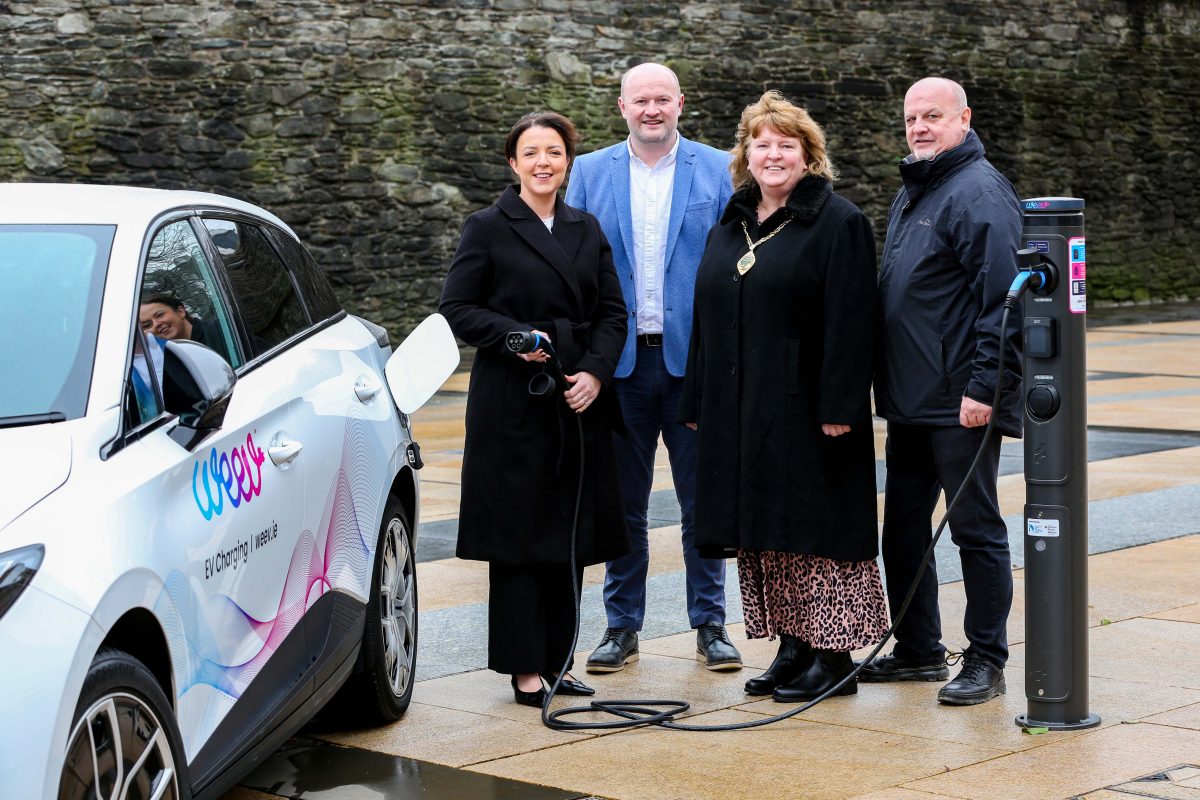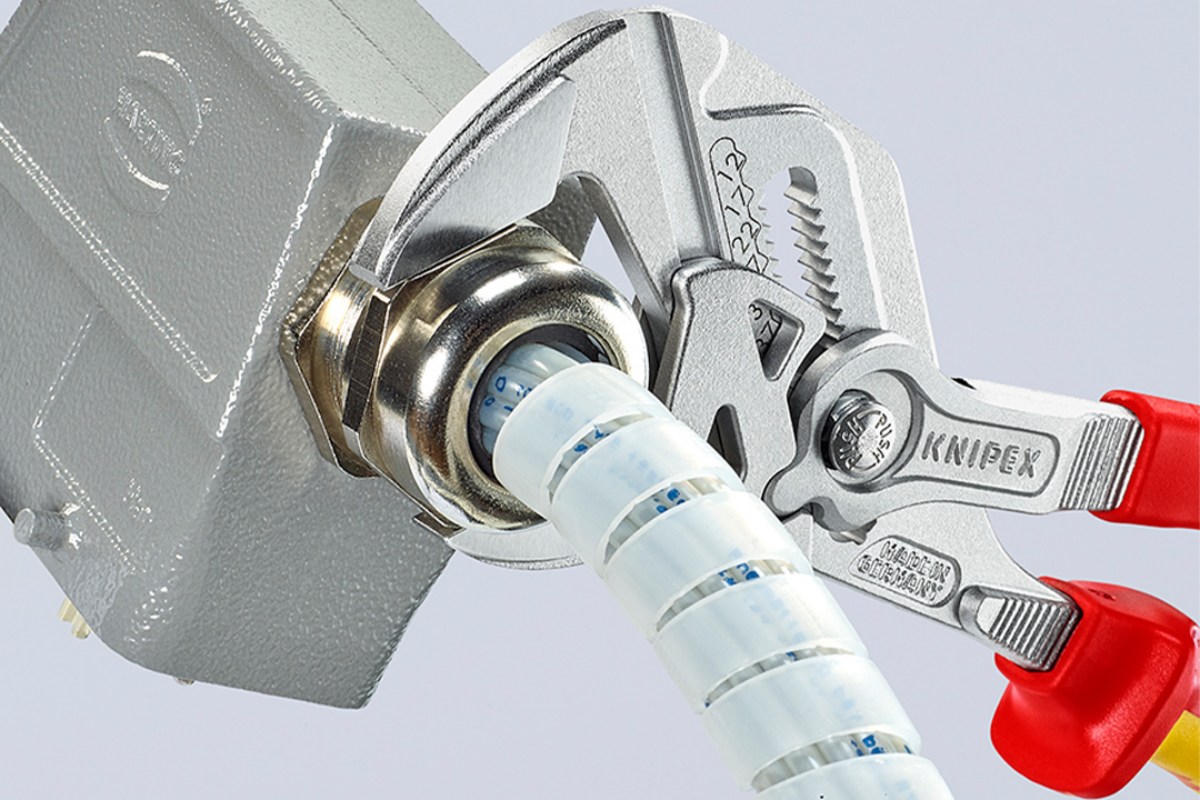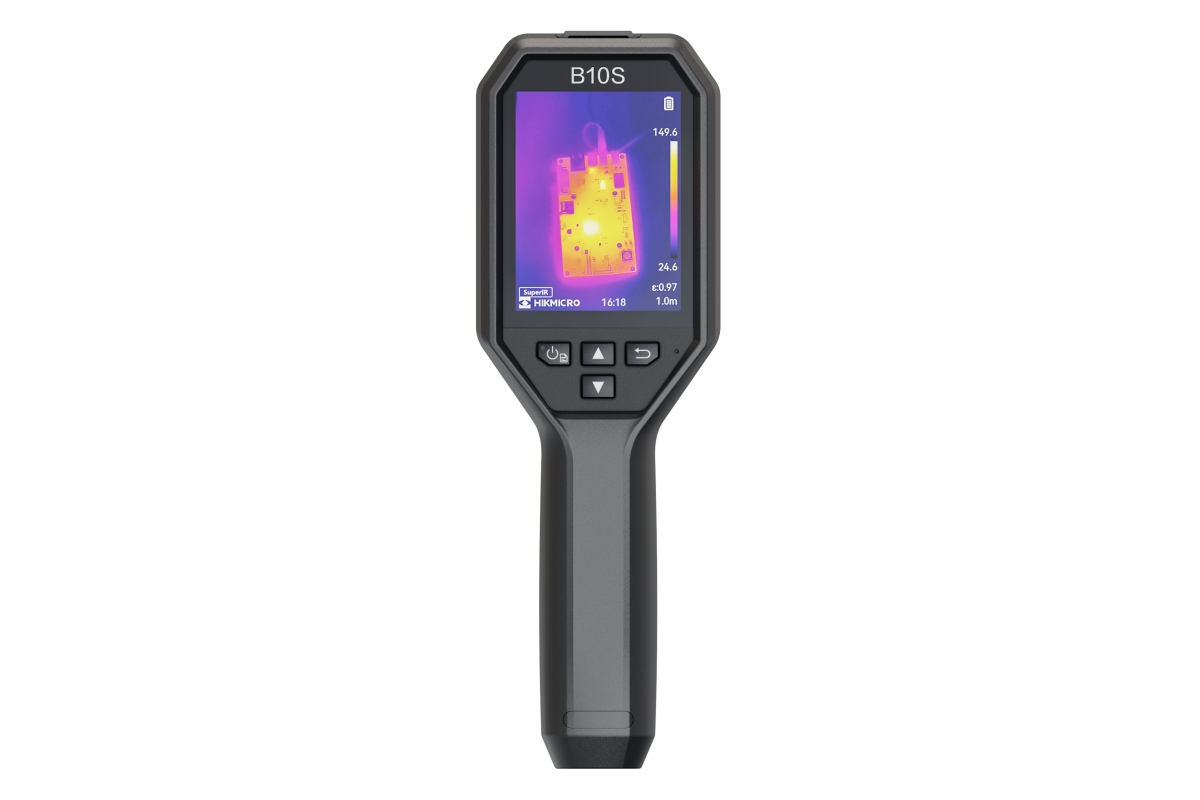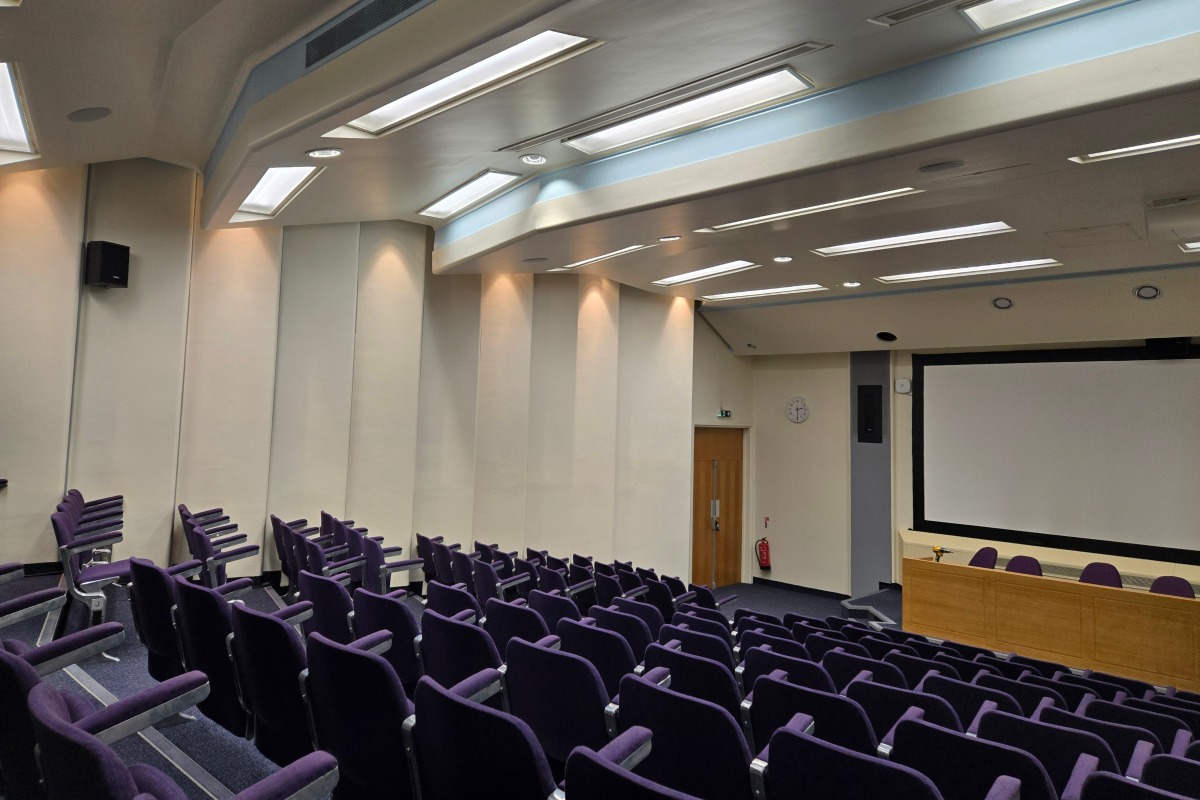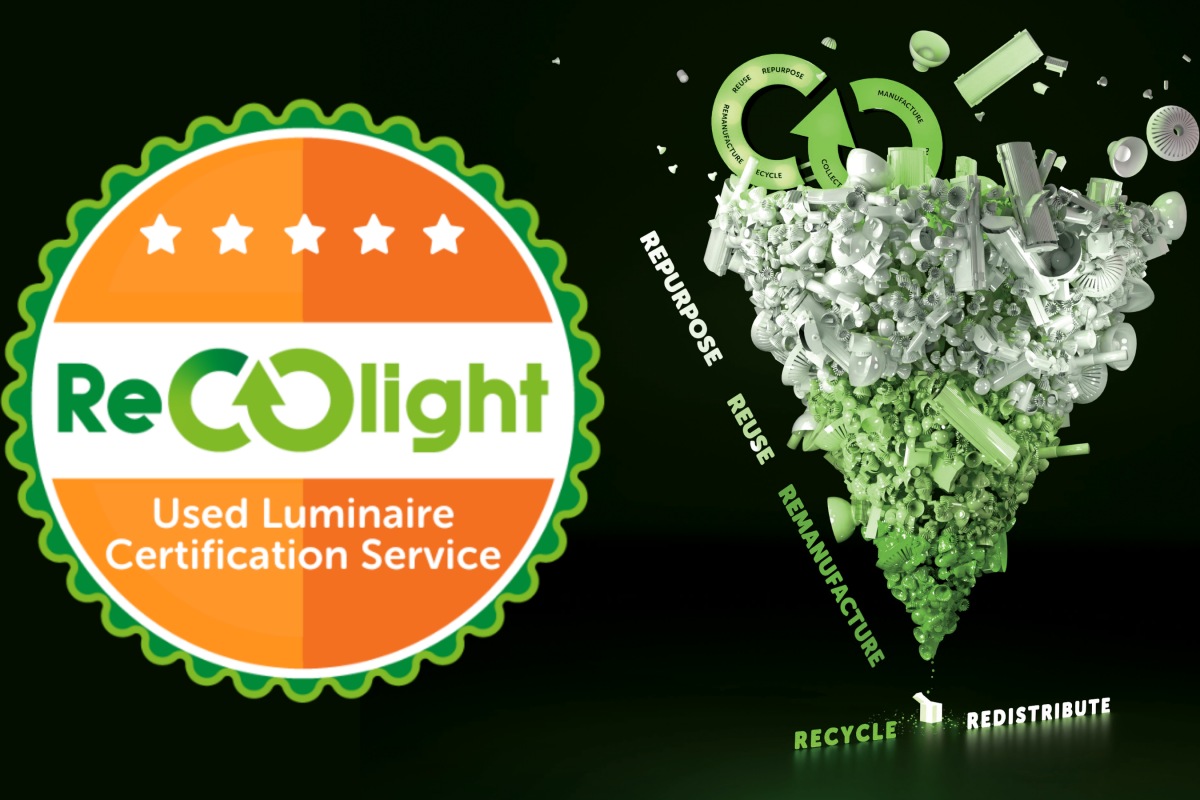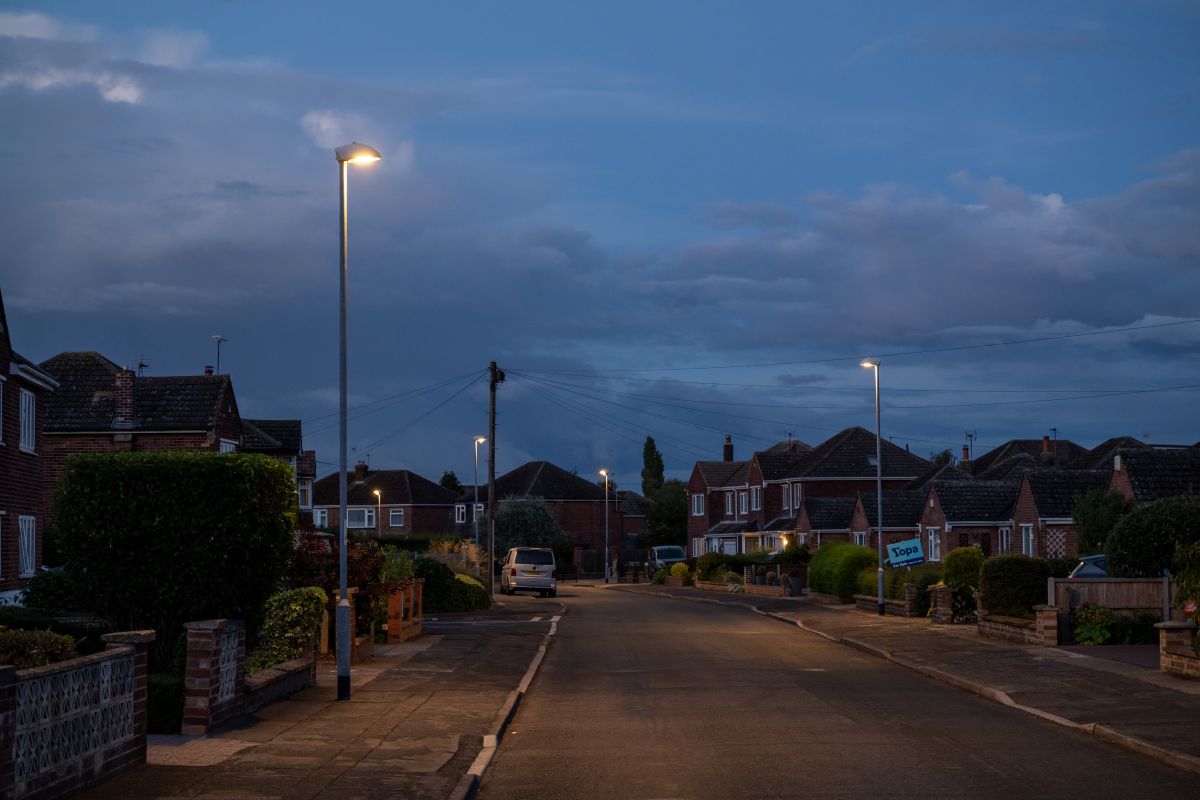EV Charging
Industry News
News
Octopus EV surges past £2bn in electric car funding
Octopus Electric Vehicles (Octopus EV), a UK provider of electric vehicle leasing and salary sacrifice schemes, has extended and upsized its funding line from global banks to get more electric vehicles on roads, bringing its total EV funding to £2 billion.
The deal allows Octopus to supercharge its EV fleet, pushing it from 40,000 cars currently to more than 75,000 once all funds are deployed.
This builds on a major funding line agreed with Lloyds in 2023, now joined by international banks Morgan Stanley and Crédit Agricole CIB.
Growing demand for EVs
The announcement was made at COP30 in Brazil and comes as electric cars screech ahead of their petrol counterparts - hitting a record 26% of all new car sales in the UK in October, the strongest market share of 2025, according to New AutoMotive data.
Europe’s EV revolution is speeding up too. In September, over 1.7 million EVs were registered across the continent, representing a 19% jump from last year.
Adapting to this increasing demand, Octopus says its all-in-one EV package – including a leased car, bespoke EV tariffs, home chargers, and access to Europe's largest public charging network, 'Electroverse' – makes it easier for consumers to switch to electric.
Since launching its leasing offer in 2021, Octopus EV has reportedly created over 500 green jobs across London, Weybridge, Brighton, and Manchester. It has also recently launched in Germany as it aims to expand its EV offerings globally.
Gurjeet Grewal, CEO of Octopus Electric Vehicles, comments, “Electric momentum is surging across the UK and Europe.
"Every month, thousands more drivers are discovering just how affordable and enjoyable making the switch can be, and this fresh funding from Lloyds, Morgan Stanley, and Crédit Agricole will allow us to bring even more zero-emission cars onto UK roads.”
Miray Muminoglu, Managing Director, Head of Securitised Products Group and FIG DCM at Lloyds, adds, “Lloyds is proud to have backed Octopus Electric Vehicles from the outset, with this transaction deepening our support for the UK’s transition to electric mobility.
"As the UK’s largest financial services provider, we are committed to playing our part in getting more electric vehicles on the road and supporting the UK’s journey to net zero to create a more sustainable future.”
Keir Mather, Minister for Aviation, Maritime and Decarbonisation, says, “We’ve helped over 30,000 people go electric thanks to our Electric Car Grant since we launched it this summer, saving them cash with discounts of up to £3,750 on new EVs.
“We’re backing people and industry to make the switch with [a] £4.5 billion investment, and it’s great to see industry players like Octopus backing the EV revolution and getting more electric cars out on our roads.”
For more from Octopus, click here.
Joe Peck - 14 November 2025


